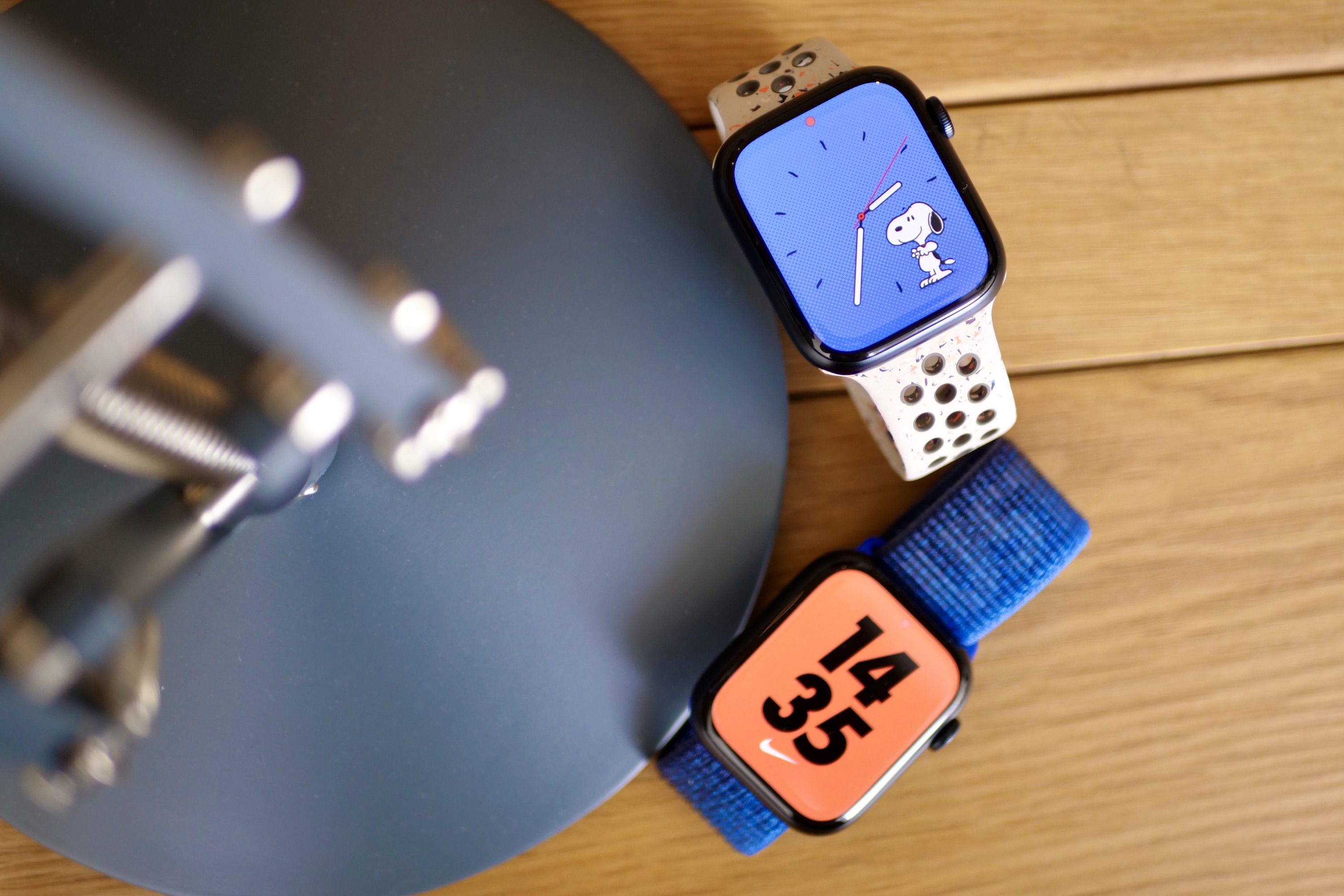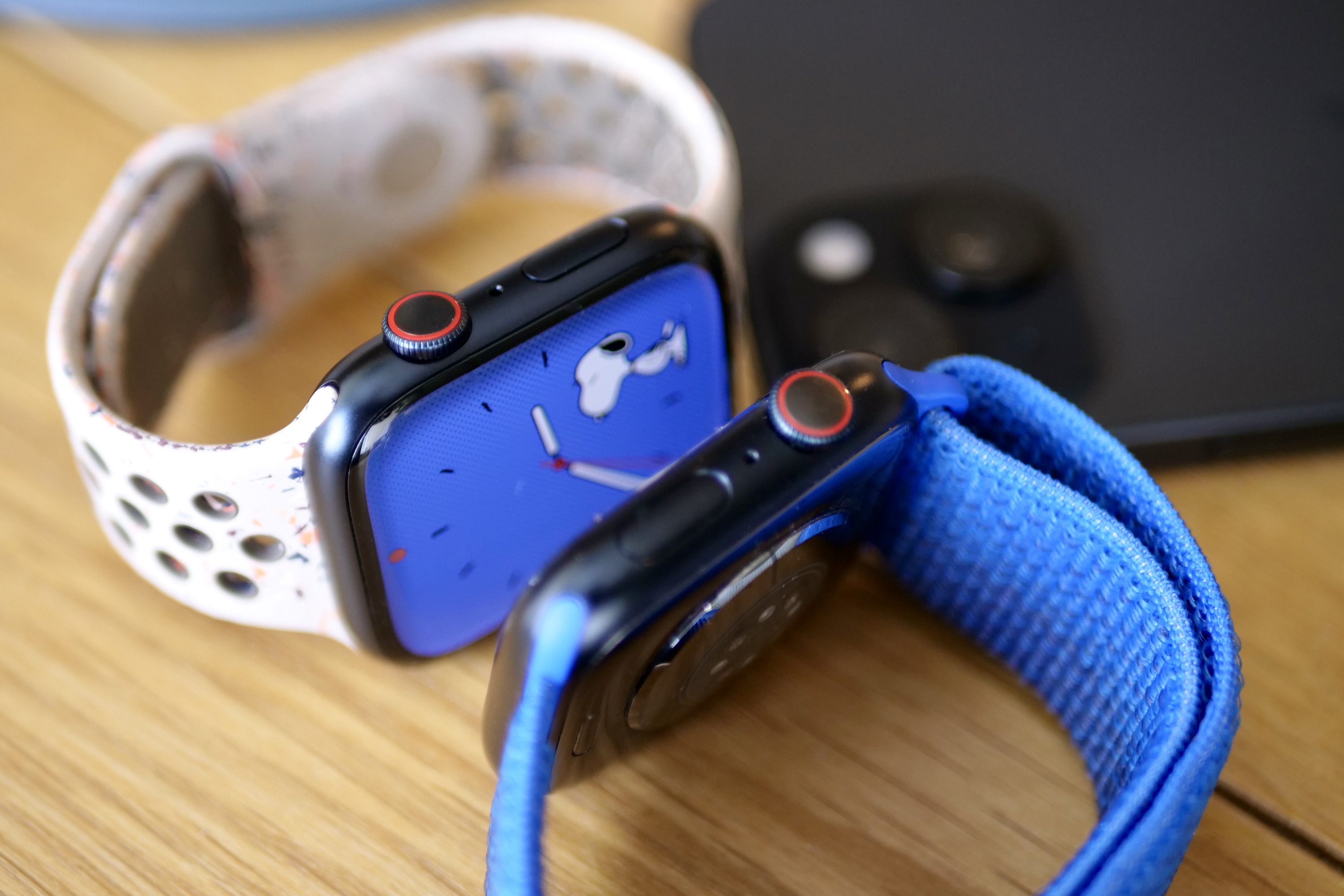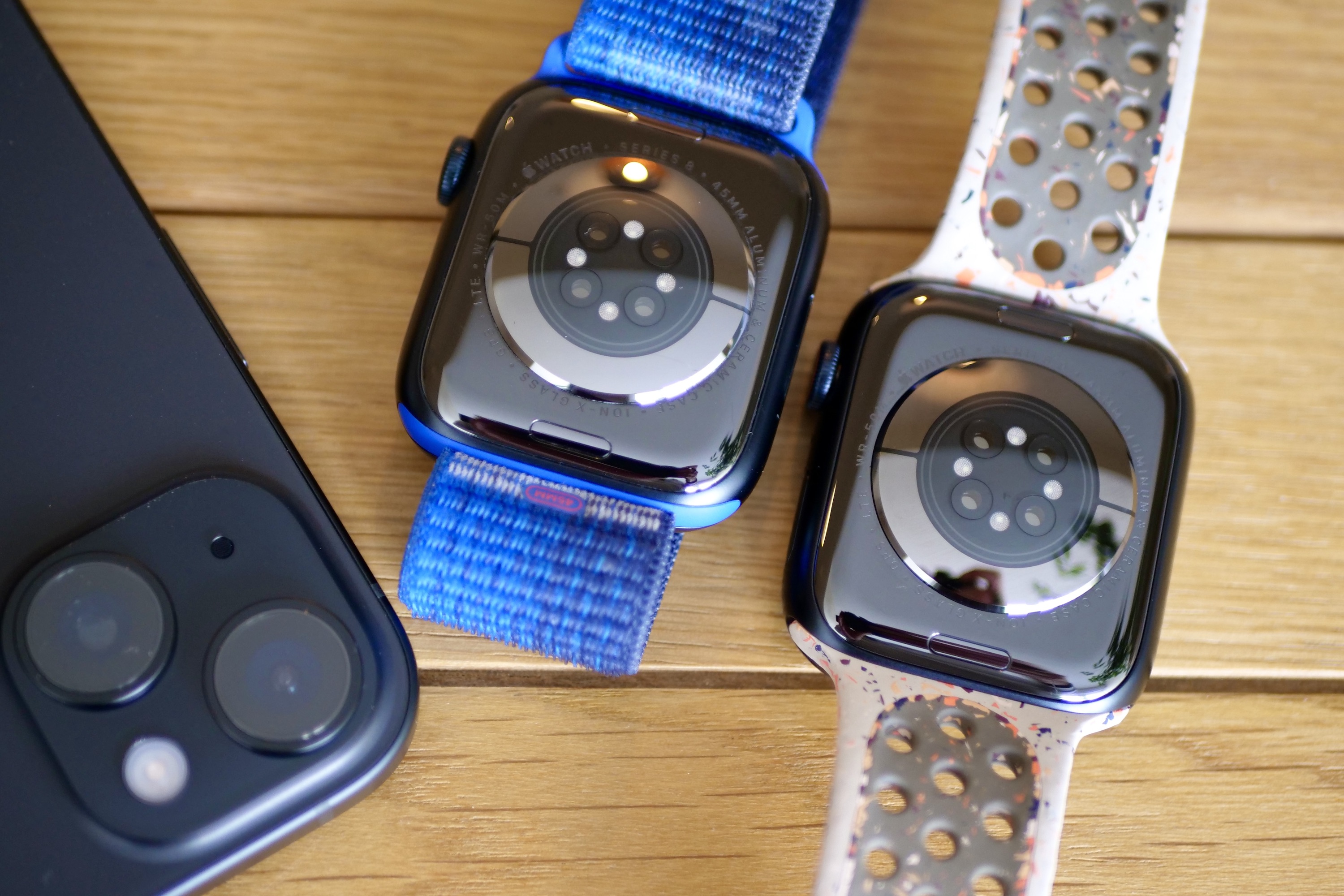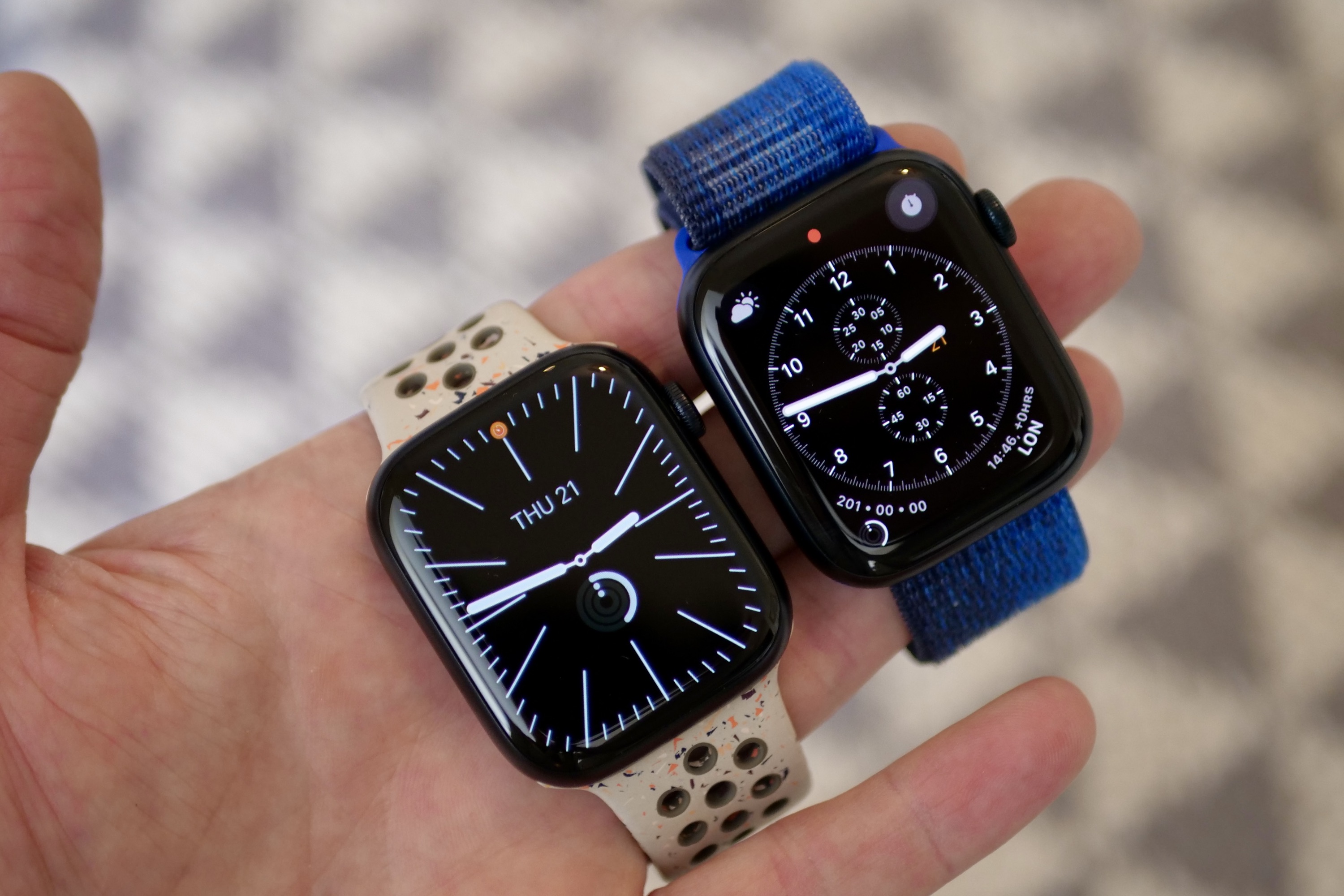
From the moment I put the Apple Watch Series 9 on, I noticed something different about it compared to the Apple Watch Series 8. Not bad, just different, and it concerns one of the elements that raise the Apple wearable over much of the competition: its amazingly tactile haptic feedback.
Does this discovery, combined with the fact that I can’t try out the top new feature yet, mean I’m disappointed with the new smartwatch?
There’s something different about this Apple Watch

The Apple Watch’s haptics have always been a standout feature. Through varying levels of intensity, speed, and clever timing, the vibrations gain a depth missing from the competition — allowing you to separate features and alerts just by the way it taps against your wrist. The feature is unique and powerful, and the Apple Watch’s haptics are utilized in a way that gives the smartwatch a surprising degree of personality.
Well, don’t worry — all that remains in the Apple Watch Series 9. But the feel is different from the Series 8. It’s subtle, but I noticed it the instant I interacted with the Digital Crown and received notifications. The vibrations aren’t quite as “full,” or “deep” as on the Series 8, with a pointier, clickier feel to actions like scrolling through the Smart Stack using the Digital Crown. The Series 9’s alerts are ever so slightly less prominent than the Series 8 too. It’s difficult to pin down, as “feel” and the description of it is always complicated to put into words — and is subjective too.

This isn’t to say the haptics are weak or have become unnoticeable. It’s not that way at all, but they have definitely been altered in some way. It’s not just me either, as after speaking to Digital Trends’ Mobile Editor Joe Maring about what I’d noticed, he compared the Apple Watch Ultra to the Apple Watch Ultra 2 and also noticed a difference between the two in terms of their haptic feedback.
What has caused it? Apple didn’t talk about any specific changes during the launch event, but it’s possible a watchOS 10 alteration, a change to the Taptic Engine that creates the sensation, the new S9 chip’s architecture, or a combination of everything has brought about the new feeling. It made me dig into the Apple Watch’s settings menu and switch from the Default haptic mode to the Prominent setting, which better seemed to emulate the feeling I was used to on the Series 8. I have contacted Apple to understand if anything has changed on a hardware or software level and will update this story when we get more details.
What about Double Tap?

The big new feature hyped up during the Apple Watch Series 9’s launch was Double Tap, where a pinching gesture can be used to control the watch. It looked great in the demos, and I’ve used the Assistive Touch feature that inspired it in the past, but I can’t use the feature on the Series 9 yet. It won’t be available at launch and will actually arrive with watchOS 10.1 sometime in October.
It’s a bit disappointing. Double Tap lets you do everything from answering and ending calls to snoozing your morning alarm, enabling the dictate mode when you go to reply to messages, scrolling through lists like Smart Stack, and starting features like auto-tracked workouts. It’s fascinating how it works, too, as it uses data collected by the accelerometer, gyroscope, and heart rate sensor. I’m genuinely intrigued to try it out.
But I’ve got to wait, and it’s the same for getting Siri to tell me personal health data when I ask. Eventually, Siri’s “health queries” feature will inform you about steps, sleep, blood oxygen, medication reminders, and a lot more. It makes use of Siri’s ability to process requests on the device through the S9 chip and the latest Neural Engine, ensuring personal health data isn’t sent to the cloud at any point. However, it will also arrive as part of a software update later this year.
The new Nike Sport Band

I have been lucky enough to try out one of the new Nike Apple Watch bands, specifically the Sport Band in the latest Desert Stone color. It’s made of 32% recycled fluoroelastomer and embedded with tiny colored flakes to give it a unique look. Each one of these flakes is made of 66% recycled fluoroelastomer, and the securing pin has been changed from plastic to aluminum.
Not only does it look great, but it is also supremely comfortable. I’ve worn the Apple Watch Series 9 with the Nike band for an entire day now, including overnight, and it has been almost unnoticeable. The surprising thing to me was I went to bed and didn’t even think about loosening the band, something I usually need to do, as I don’t like tight watch straps when I’m trying to sleep. The band remained as secure as it does during the day, yet I had no problem sleeping with it this way.
Using watchOS 10’s sleep-tracking system, the Apple Watch Series 9 mostly matched the results I gained from my Oura Ring and provided approximate results regarding heart and respiratory rates that were in line with what I’d expect. However, the data is not as in-depth or as interesting as the sleep data provided by the Oura Ring. But if you’re only looking for the basics, it tells you just enough to make it worth wearing overnight.
Am I disappointed in the Apple Watch Series 9?

It’s unfortunate the big new feature on the Apple Watch Series 9, Double Tap, is not available to try at this time. It makes the Series 9 very similar to the Series 8, but the good news is positive differences in performance and battery life are already beginning to come through — and these will be discussed in-depth in our final review.
It’s impossible to be disappointed in what is still the best smartwatch you can buy. It took almost no time and very little effort to have it fully operational on my wrist, and I love the new Snoopy watch face and how comfortable the new Nike Sport Band is too. It’s likely not going to be worth upgrading from an Apple Watch Series 8 or even an Apple Watch Series 7, but if your Apple Watch is older or this will be your first, it’s likely going to be everything you want it to be.






